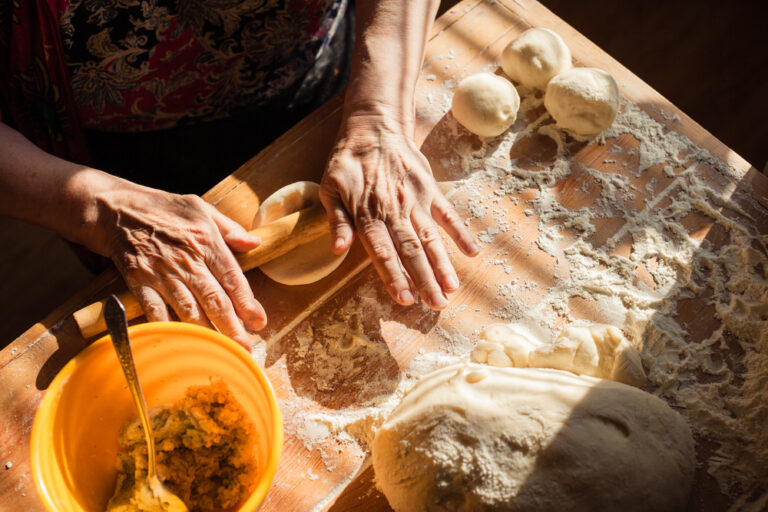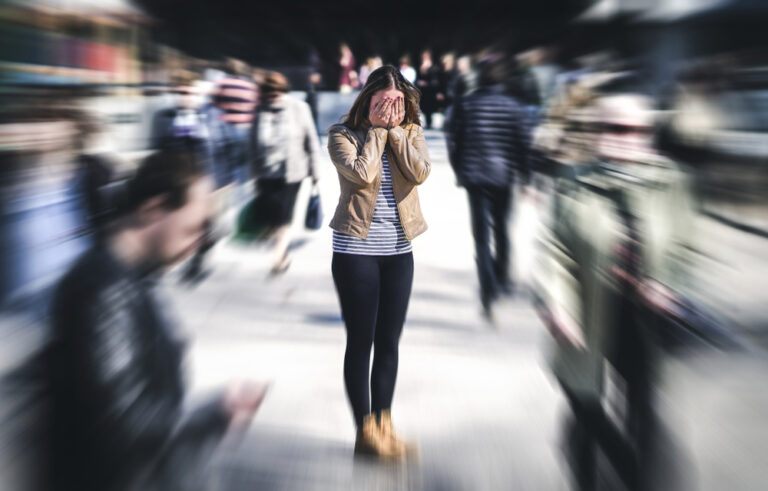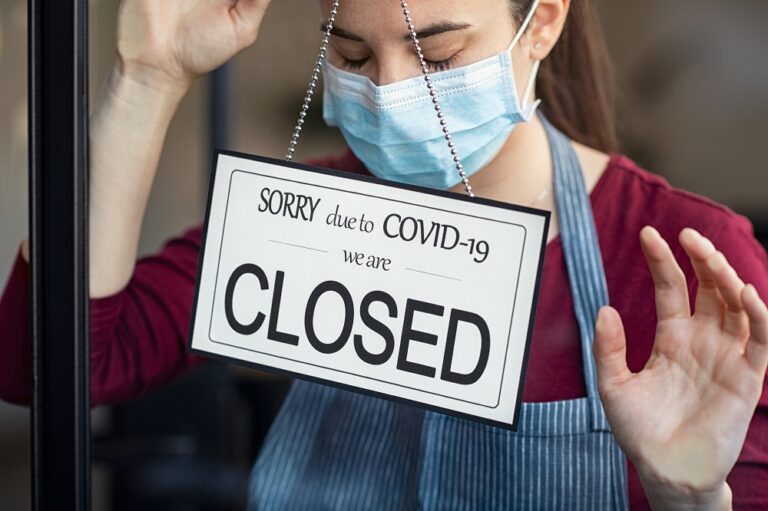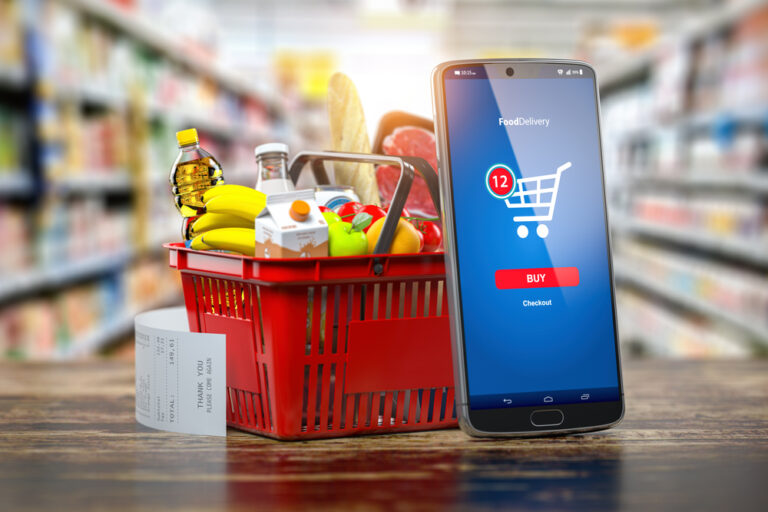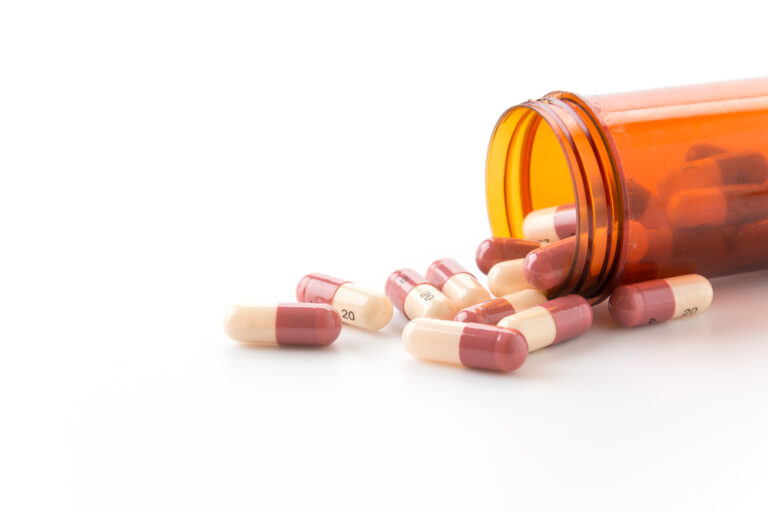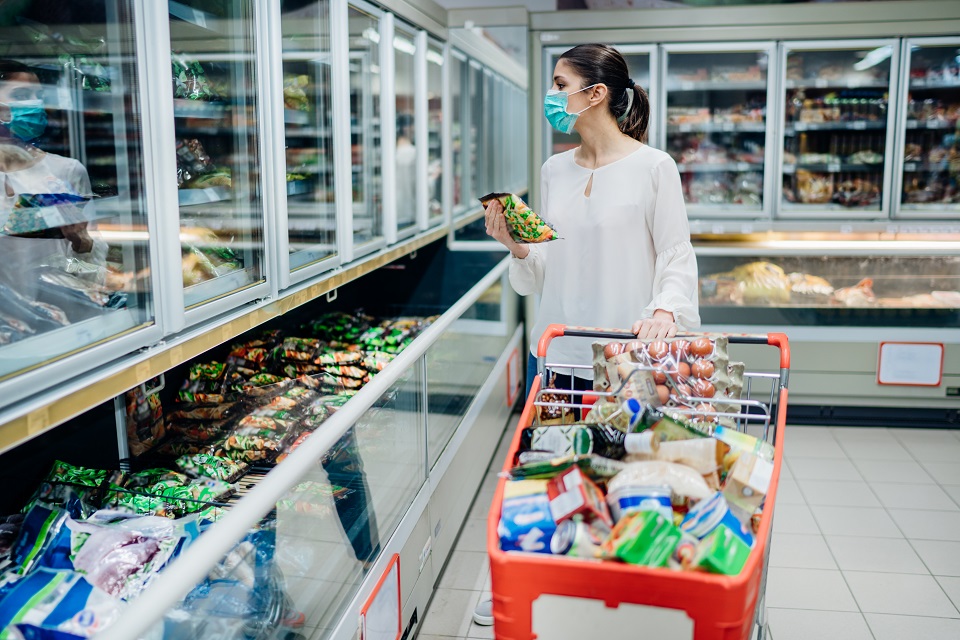
The global lockdown has forced us to stock up on food and essential supplies such as frozen vegetables and fruits, whole grains, canned goods, toilet paper, hand sanitizers, and more. So, in order to spend less and to make your coronavirus stockpile last longer, you need a great strategy.
As you probably guessed, efficiency is the key point when it comes to rationing. “It’s important to be efficient and smart about how to ration the supplies you have on hand,” explains Vicky Nguyen, an investigative and consumer correspondent for NBC News.
Nowadays, we all want to limit our trips to the grocery store and, of course, spend less, because we need to be smart about money, especially during a pandemic crisis. Read on to discover how to make the most of your coronavirus stockpile, saving this way a little money for a rainy day.
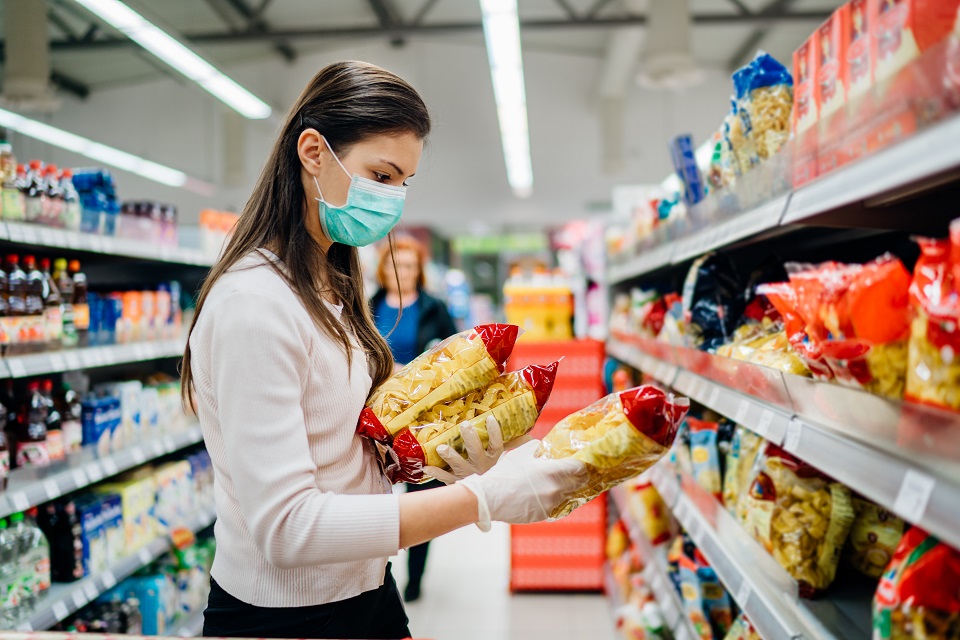
1. You should shop strategically
Staying home as much as possible in order to avoid exposure to the virus means less frequent and larger shopping trips. Nguyen suggests stockpiling for about two weeks. Yes, easy to say, but hard to do. First of all, you should take inventory of what you already have, and then take into consideration how many people you need to feed.
“Try to make a meal plan for the week so you’re not impulse-eating,” she adds. Also, you should get that fancy recipe that requires exotic ingredients out of your head.”Consider keeping recipes basic so you don’t need to buy specialty ingredients that may be hard to reuse in other dishes,” she says. Go shopping only when you have a shopping list in hand.
As a plus, Diane Vukovic, lead writer at the prepping website Primal Survivor and author of the book Disaster Preparedness for Women, suggests making a simple spreadsheet. “Organize the spreadsheet by type of food (carbohydrates, proteins, fruits, veggies, oil/fats, sides, and snacks),” she advises.
“Make a column next to the food with its total calories. The average adult needs around 1,800 to 2,500 calories per day, so the calorie tally on your spreadsheet will give you an idea of how long your food should last. It will also give you a better sense of what foods you have and how to distribute them properly over the upcoming period.”
Try to update your spreadsheet regularly, because this will help you keep an eye on how much food you are consuming, which for the vast majority of us, is way more than the recommended amounts. “Seeing it in numbers can help curb boredom-snacking,” she adds.
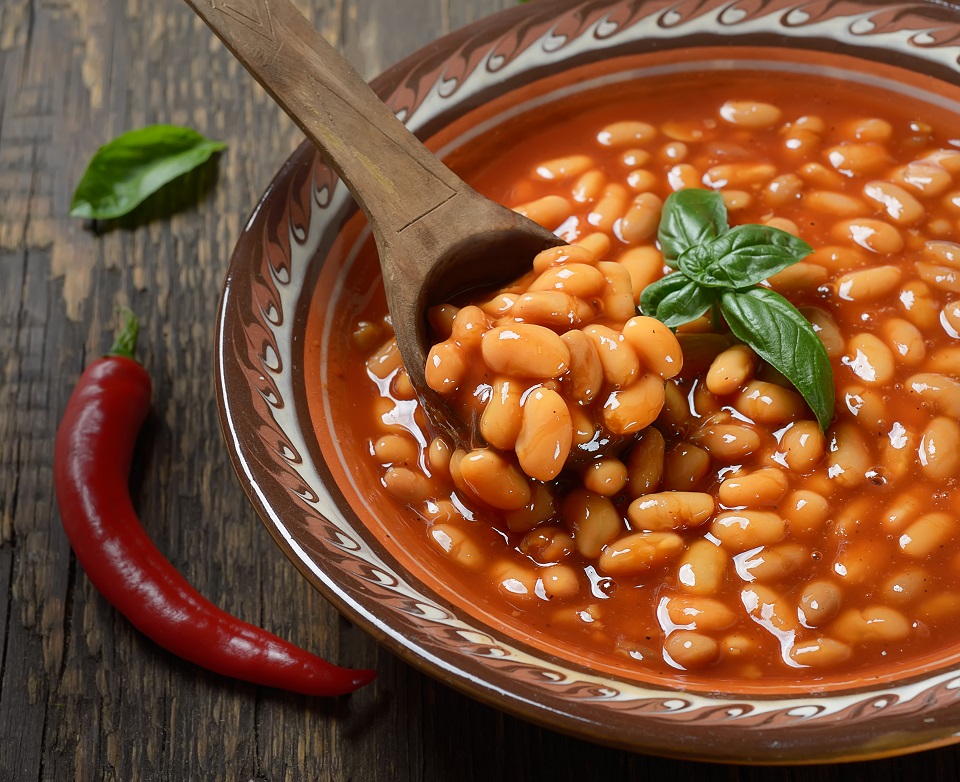
2. You should use beans to make other foods last longer
Vukovic points out that beans, no matter what type, are one of the most popular “disaster foods” for a really strong reason—they have a long shelf life. The best part? They can also help make other foods such as meat, last longer, as well as make meals more filling because they are high in protein and fiber, and ultimately help you eat less.
“I’ll often blend beans up with tomato sauce to serve over pasta. I even hide black beans in brownies for my family to sneak in a bit of protein,” Vukovic says. She also says that using beans in that way makes one can last a lot longer than when you simply serve it as a side.
You should definitely consider applying this strategy to the rest of foods that are found in your pantry. For example, if you have five cans of peas, you could add them into a pasta sauce, blend them into a dip for crackers, or just make a soup. Likewise, you can use a pantry essential like bullion cubes to add a meaty flavor to your dishes without even using your meat.
So, while shopping for food during the COVID-19 pandemic, you should definitely put some beans in the cart. They are highly nutritious, affordable, easy to prep, and super versatile. If you’re looking for low-carb beans, opt for lima beans or black soybeans.
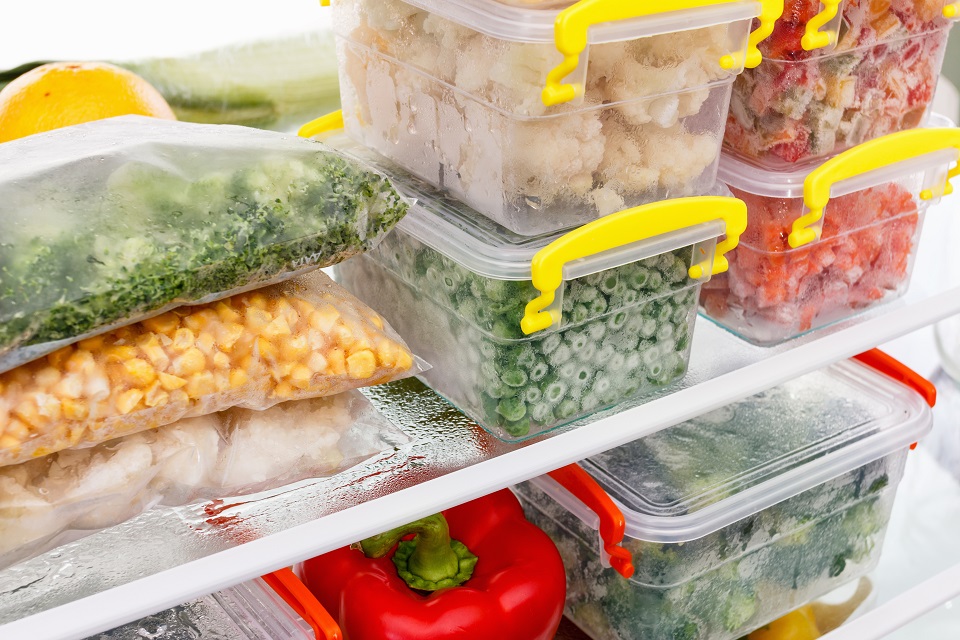
3. You should prioritize your perishables and freeze fresh food
The vast majority of us are used to eat when we want. Before the COVID-19 pandemic, only a small percent of Americans had a plan when it comes to prioritizing perishables. However, now, we should all be more mindful, especially if we want our foods to last as long as possible.
“Prioritize your perishable items, and eat those first so you don’t have excess food waste,” Nguyen advises. It’s quite simple: if you have milk in your fridge, you should plan breakfasts that involve cereal before switching to eggs or oatmeal, which can last longer in the fridge or pantry, she says.
Also, if you have a large freezer, now is the best time to use it properly. “When you are able to go grocery shopping, stock up on fresh foods and put them in the freezer for a later day,” Vukovic says. “You can also dehydrate many fresh foods, so they won’t go bad. It’s not the same as eating fresh produce, but dried fruits make a great snack and you’ll still be getting your nutrients.”
Prioritizing your perishables and freezing fresh food will not only save you less trips to the grocery stores, but also more money in the long run.
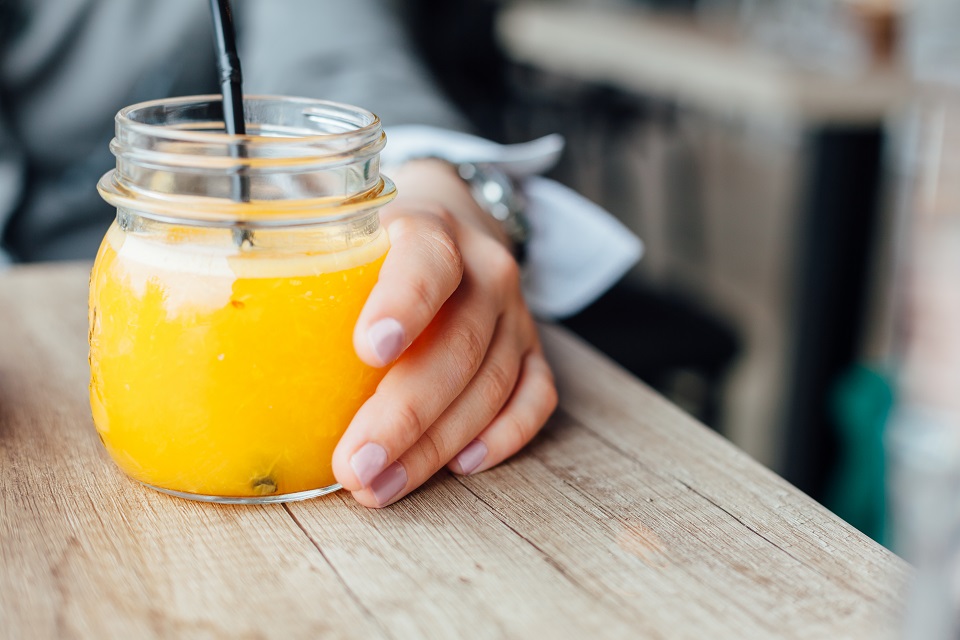
4. You should dilute certain liquids
No, diluting certain liquids doesn’t mean you’re a stingy person, it means you’re smart when it comes to money management, especially during a global lockdown. Diluting some items with water can definitely help to stretch your stockpile, says Alan Scheller-Wolf, PhD, professor of operations management at Carnegie Mellon University’s Tepper School of Business.
Think about it, orange juice and soy sauce, for example, can be easily diluted without a problem. But take into consideration that you can’t do this for all the items that are found in your fridge or pantry.
“You should not stretch items that need a certain regularity, or concentration, to be effective,” Scheller-Wolf explains. Baby formula is one of those items that can’t be diluted, so you shouldn’t, because diluting it can result in an infant’s failure to thrive and even death.
In our list of items that shouldn’t be diluted or stretched are also prescription medication and hand sanitizer. With the latter, adds Scheller-Wolf, “they say you need 70 percent alcohol to kill COVID-19, so you should not stretch this.”
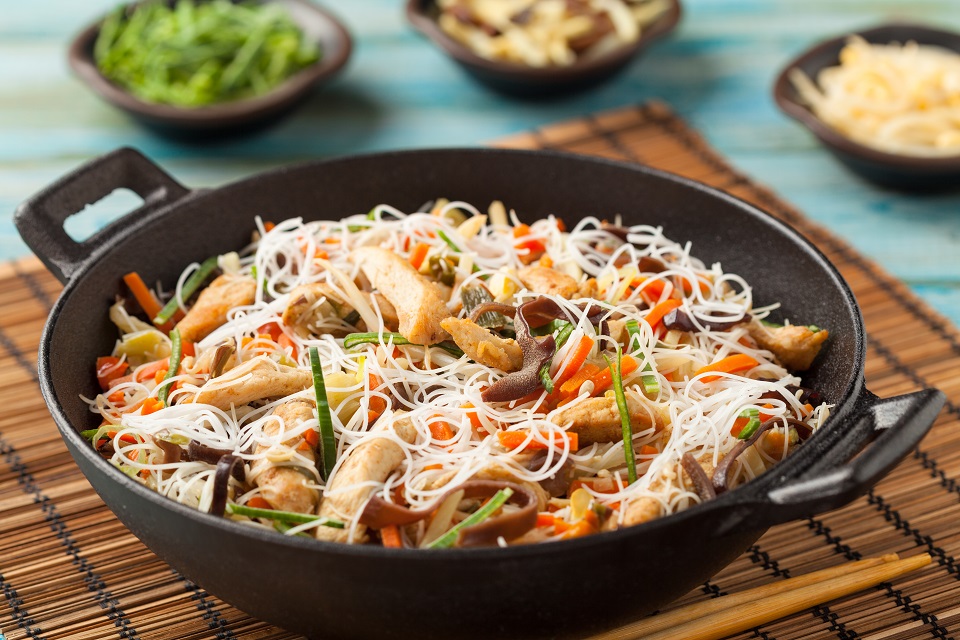
5. You should make substitutions
Scheller-Wolf says that a great way to make your coronavirus supplies last longer is actually to substitute them. “Find items that are not in short supply that you can use in place of those that are in short supply,” he says.
For example, if you don’t have rice, try barley. Out of Italian pasta? You should use rice noodles instead. No canned beans? Cook with the dry version. Everything has a solution, as long as you’re open-minded.
As a matter of fact, you can also use frozen, dried, or canned items instead of fresh. “Use items you are not used to using, and maybe check out some different recipes to use these ingredients,” he continues. “From an operations perspective, the key is often flexibility.”
“The more ways you have of meeting your needs, the better, so if one (or more) are cut off, you have alternatives,” he adds. However, you should always choose quality over quantity, so, the better the quality of your smart alternative, the better your result would be.
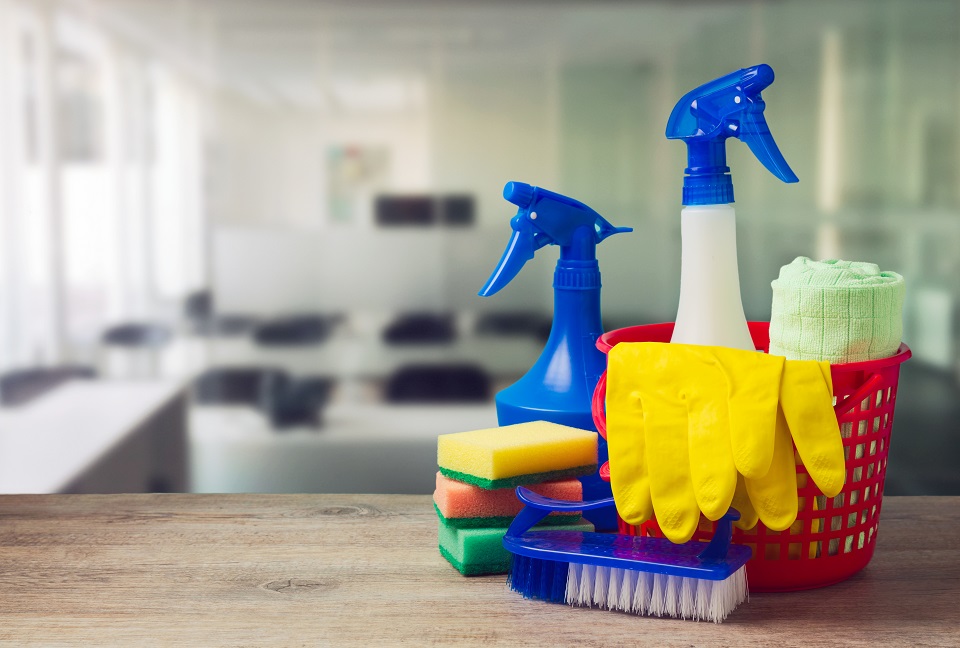
6. You should repurpose cleaning supplies that you already have
As we all know, cleaning products play an important role in our lives. They safely and effectively remove soils, germs and other contaminants, preventing the spread of infectious diseases and controlling allergens, such as dust and mold. In other words, cleaning supplies help us stay healthy.
And while we are all stuck at home, because a dangerous virus lurks on the streets, we should definitely be more cautious when it comes to cleaning and disinfecting. If you can’t find wipes and disinfectants online or in stores DON’T PANIC.
Instead, you should take inventory of what you already have. Note that just because a cleaning product is intended and designed for your bathroom, it doesn’t necessarily mean that it won’t work in your kitchen. “Check your bathroom cleaners that you use on the shower or sink,” Nguyen says. “Some are EPA approved to kill 99.9 percent of bacteria and viruses.”
If the label of a cleaning product isn’t clear enough, you should look for the EPA registration number you should find on the product and search it on the EPA’s website. And remember, adds Nguyen, “good old-fashioned soap and water can also be used to kill COVID-19.”
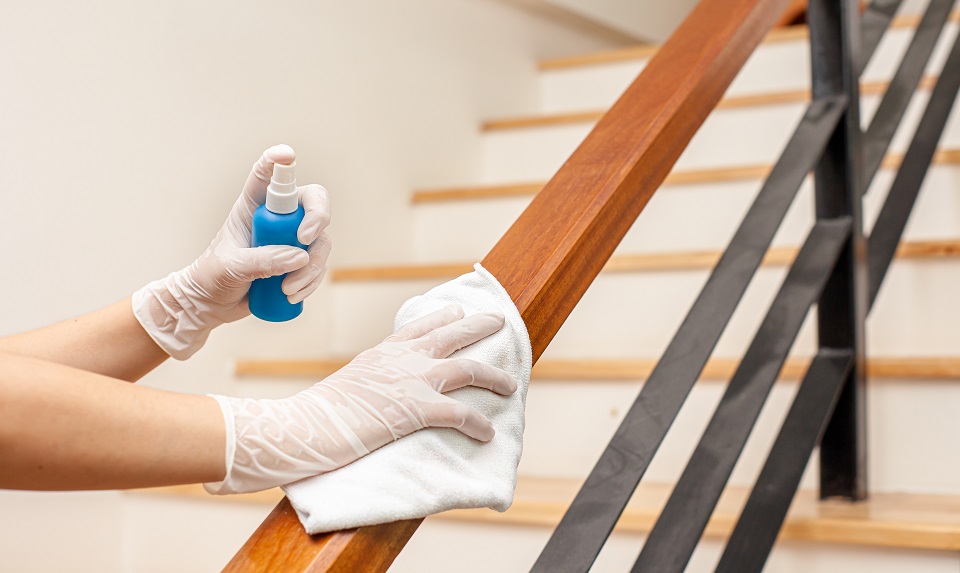
7. You should make your own disinfectants
Nowadays, almost every product that has the word “disinfectant” on the bottle is mandatory and when certain products are in high demand, they are not always available on the market. However, don’t panic if you can’t find the brand-name sprays or wipes, says Nguyen.
“You may have some basic household products that will also do the trick to sanitize your home.” According to the CDC, a diluted bleach solution will actually work as a disinfectant—and that will help your cleaning stock last longer. If you want to make this solution, mix 5 tablespoons (1/3 cup) bleach per gallon of water, or four teaspoons bleach per quart of water. “Just remember to leave it on the surface for at least one minute,” she says.
According to the CDC and EPA, alcohol solutions with at least 70 percent alcohol in a spray bottle can also be used to sanitize different surfaces. “If you’re running low on supplies, consider three percent hydrogen peroxide,” Nguyen suggests.
While the CDC hasn’t approved it yet to kill COVID-19, she points out that health experts say it can kill heartier viruses like rhinovirus, “so it will likely be effective as long as you let it sit on the cleaning surface for a minute before wiping away.”
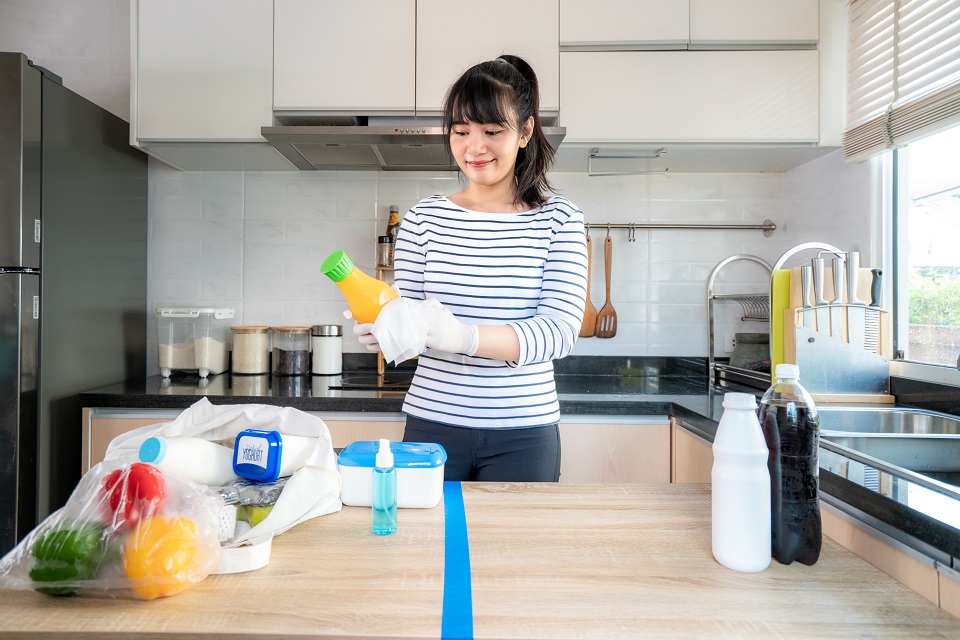
8. You should wipe down groceries without wasting supplies
The FDA currently says there’s “no evidence of food, food containers, or food packaging being associated with transmission of COVID-19.” However, healthcare professionals think that while the risk is very low, it is somehow possible that if a sick person handled those packages before delivering them to you door and you touch them and then touch your eyes, nose, or mouth, you may get sick.
As you may have heard, research indicates that SARS-CoV-2 remains active on plastic and stainless steel surfaces for two to three days, on cardboard for up to 24 hours, on copper for four hours, and in the air for up to three hours. “To take maximum precautions, wipe down the packaging,” says Nguyen.
But take into consideration that a little bit of disinfectant goes a long way. Try to use one wipe, a spray of disinfectant, or even soap and water if the product you brought is waterproof. Or, if you’re really short on supplies such as disinfecting wipes, just leave your package untouched for at least 24 hours.
P.S.: Please don’t try to disinfect your fruits and veggies. As much as you want to clean everything up, fresh produce can affect your health if they are exposed to cleaners and then consumed.






